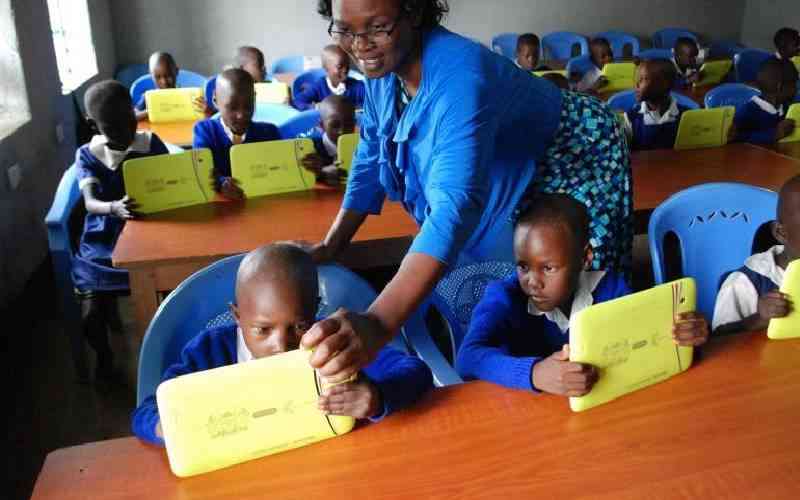×
The Standard e-Paper
Truth Without Fear

In the months leading to the 2013 General Elections, the Jubilee coalition duo President Uhuru Kenyatta and his deputy William Ruto put up a spirited promise to digitize teaching and learning in Kenyan schools.
The pledge rode on their digital slogan that was the campaign jingle in the run up to the elections.